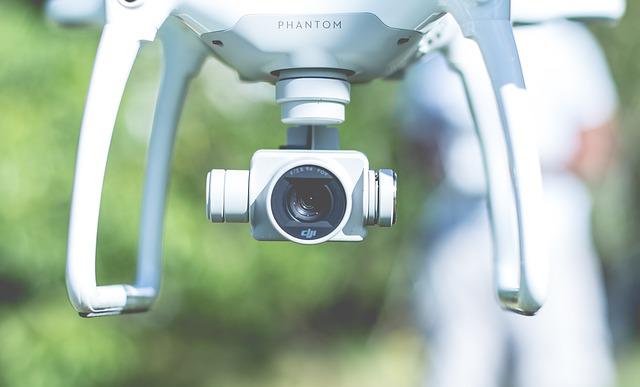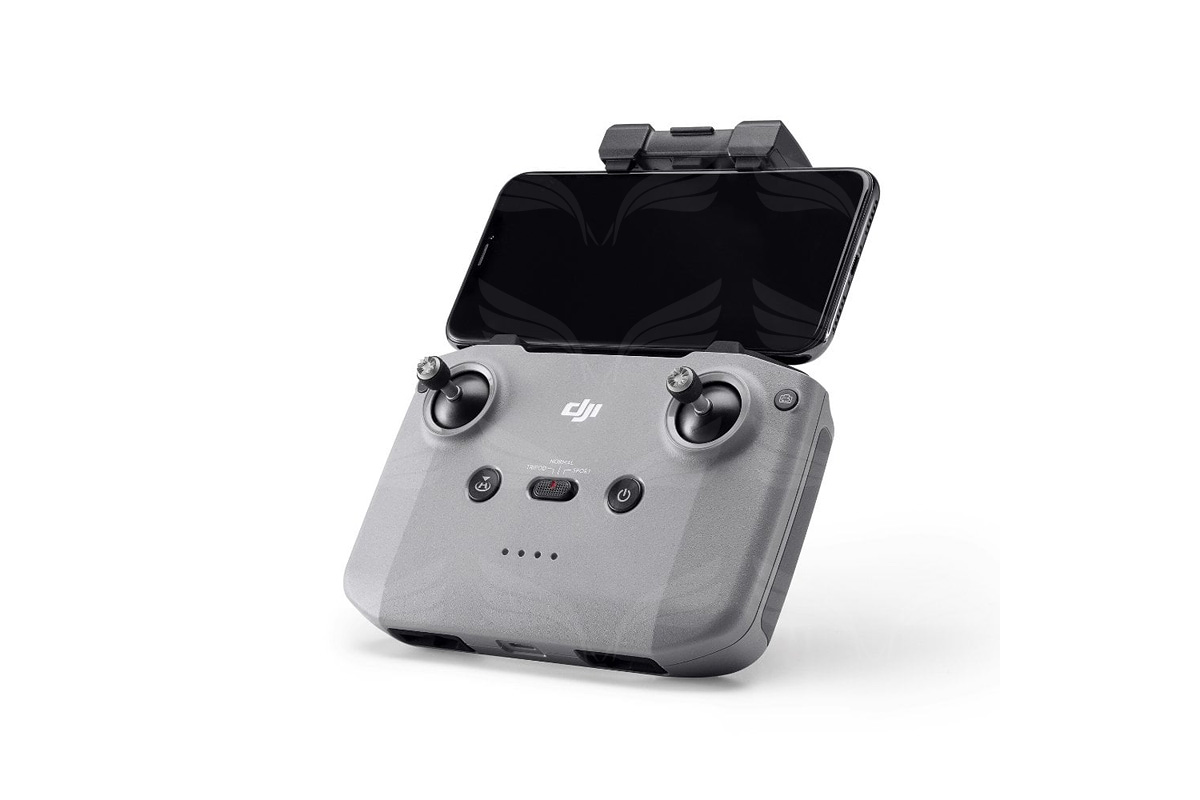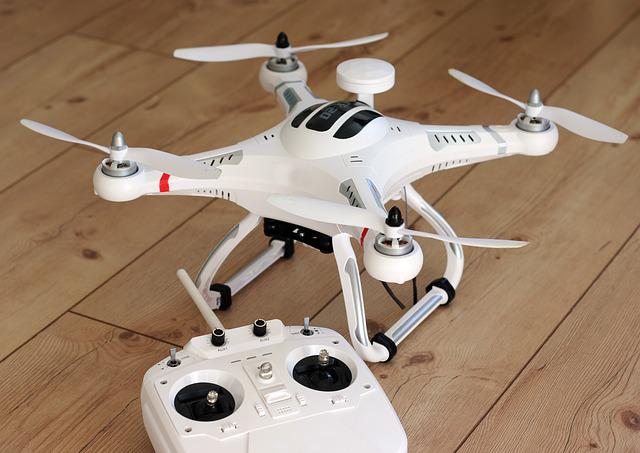
To replace manned fighter planes, the Navy is creating an unmanned aircraft system. The MQ-25A Stingray multi-purpose, unmanned aerial vehicle carries refueling system under its wing. These drones will be able to relieve F/A-18 fighters from tanker duties, which indirectly boosts carrier air wing striking force. Unmanned aircraft systems may not be a viable option in the future.
MQ-4C Triton unmanned aircraft system
Two MQ-4C Tritons MQ-4C will be deployed by the Navy to Guam by 2018's end, which will increase the force's reach across the Western Pacific. In April 2018, the deployment was announced. The Navy suspended operations in September 2018 after the first Triton crash. The program is expected again to fly in 2019.
Blue Water Maritime Logistics UAS concept
The US Navy recently awarded the 2019 other transaction authority award to Skyways of Austin, Texas for their Blue Water Maritime Logistics UAS idea. The folding wings of the aircraft will enable it to fold down after takeoff and before landing. This will make it easier to store and handle. Skyways defeated Boeing in the final round. The drone's unique design has attracted industry attention and could soon be part of the future Navy fleet.

MQ-25A Stingray
The MQ-25A Stingray Navy tanker prototype is being built and will reach operational readiness by 2025. Its horizontal shape and rounded wing-body configuration make it less vulnerable to enemy radar detection. Its ability land at sea, and high survivability make it a better choice than fixed-wing tanksers for long-range missions.
UXV Drone Carrier Warship
The UXV Drone Carrier Warship design is interesting but it's not practical. What is the point in having a half-flattop battleship equipped with a drone platform? It is a good idea in theory. Is it feasible? Is it possible? If so, how will it fit in the Navy's current fleet? What kind of budget will this project require?
MQ-8Bs, Cs
The MQ-8B and C are navy drones. They are equipped for anti-submarine warfare and can carry out large-area multistatic audio searches. The Navy plans on replacing the MQ-8 with a brand new version. This has been tested aboard the USS Anchorage. The MQ-8C airframe is based upon a Bell 407 airplane and retains much of the avionics of the B-version. It can land on any air-capable vessel, even in unprepared areas. The MQ-8C is equipped with a brand new radar system. The new aircraft will be ready for deployment by the end of the summer.

Electric laser weapon
It is amazing how far the Navy's laser weapon system has come. From thirty kilowatts in 2014 to 150 kilowatts in 2020, the Navy is more than halfway there. The all-electric weapon does not need propellants or ammunition and can be used for as long the ship has electricity. The electric laser weapon is a better option than its chemical counterparts.
FAQ
What US states have drones made legal?
You can legally operate a drone for hobby purposes. The Federal Aviation Administration (FAA), has established guidelines that allow the use of small unmanned aircraft systems (UASs). These UASs must first be registered with FAA to be allowed to be flown. These UASs can also be flown by commercial operators if they are allowed to fly under certain conditions.
What are the rules for operating drones?
Registering your drone with FAA is required. This registration involves information such as the weight, size, battery capability, and operating frequency. It also requires you to obtain an identification number from the FAA.
What is the difference of a quadcopter and an hexacopter, you ask?
A quadcopter is an four-rotor helicopter which flies in the same manner as a conventional helicopter. It is equipped with four rotors, each of which can rotate independently. A hexacopter is similar to a quadcopter except that it has six rotors instead of four. Hexacopters are stabler and more maneuverable than quadcopters.
Is Drone Use Banned in Your Country?
The FAA prohibits drones from flying within close proximity to airports, stadiums and sporting events, as well as nuclear power plants, hospitals and prisons. However, they do allow them to fly at night using GPS technology.
Statistics
- Research and Markets predict a growth rate of 51.1% over the next five years. (thedroneu.com)
- According to industry research from ZipRecruiter , there are 10 cities where the typical salary for a Drone Pilot job is above the national average. (dronesgator.com)
- According to the multiple listing service (MLS), houses and apartments with drone photographs are up to 68 percent more likely to sell than those without pictures. (thedroneu.com)
External Links
How To
How to Fly Drones With Beginners
A drone is an unmanned aerial vehicle that can be remotely controlled and used for surveillance, aerial photography, film production, research, and other hobby purposes. Drones have been in use since World War II. DJI's Phantom quadcopters became commercially available in 2010. Many types of drones have been made available since then, from beginner-friendly models such as the Parrot AR Drone 2.0, to high-end multi-rotor craft such as the DJI Mavic Pro.
You can fly a drone in many different ways, including:
-
Remote control – This technique uses a control device attached directly to your hands that allows you steer the drone around its flight path. There are two main types, On/Off switches (like radios) and joysticks.
-
Manual Control – This method lets users remotely control the drone by using a smartphone app. The app will provide instructions and help you to locate the drone.
-
Autonomous Flight – This is when the drone handles all the piloting tasks. It's basically flying autonomously without any human intervention. For the autonomous flight to occur, the drone must have a built-in camera and sensors capable of capturing images and data.
-
Triggered flight - This is similar to manual control except that the pilot sets up a preprogrammed route and the drone follows the route until it reaches its destination. After the preprogrammed route is complete, the drone will automatically land and return to its base.
-
Landing Gear – Some drones are equipped with landing gear, which allows them to safely land if they lose power during flight.
-
Goggles-Some pilots use goggles to protect their eyes from debris during operations.
-
Camera - Some drones are equipped with cameras allowing you to capture photos and videos from above.
-
Obstacles-Some drones come with obstacle avoidance devices that keep them from hitting obstructions.
-
Speed - Some drones reach speeds exceeding 40 mph.
-
Battery Life - Most drones can last between 20 minutes to 3 hours, depending on how much power you're using.
-
Distance - Some drones can travel up 30 miles depending on the model.
-
Power source – Some drones require external power sources, others require internal batteries.
-
Weight - Some drones weigh less than 1 pound, whereas other models weigh up to 4 pounds.
-
Size - Drones range from small devices that fit in one's palm to large crafts that weigh more than 50 pounds.
-
Price - All drones fall within a specific price range, from high-end models that can cost thousands of dollars to lower-cost options starting at $100.